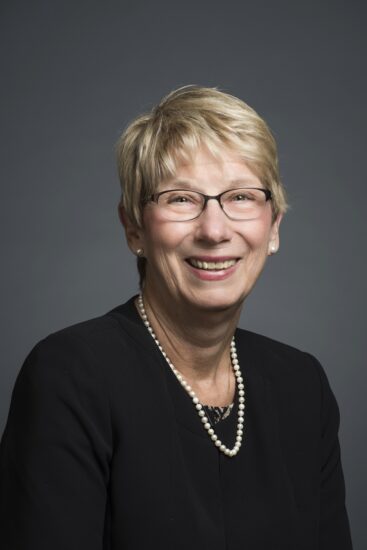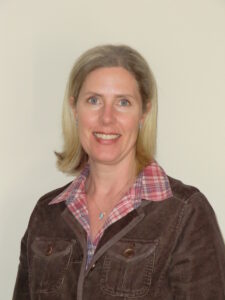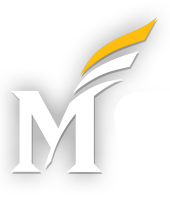Growth, role-playing or case-based assignment to foster professional growth
Ginny Blair and Kim Redelsheimer are committed to helping students grow. Each semester, they collaborate to revise the writing-intensive course in the Health Administration and Policy (HAP) program, HAP 465, “Professional Skills and Integration.” Their revisions help students reflect and connect their coursework with their future professional work.
“Always the last question [for an assignment] is: as a healthcare administrator, how would you use this information? If you were a CEO, how would you use this? If you were a chief medical officer, how would you use this? I think that adds to their professional growth and promotes critical thinking,” Ginny explains. By helping students take on the roles of professionals in health administration, Ginny and Kim help students grow their writing abilities. HAP 465 is designed to help students take on the roles of health professionals, roles that include many influences and elements in today’s world.


An Adjunct Faculty Member at Mason since 2018, Kim has been teaching HAP 465 since 2020, along with courses in HAP’s graduate program. Ginny is the course lead for HAP 465 and teaches it as well. She is an Associate Professor and a member of the Writing Across the Curriculum (WAC) Committee. The WAC Writing-Enriched (WE) Course Design Faculty Learning Community (FLC) last Spring gave them a new focus on helping students grow as writers in their discipline.
Co-facilitated by Emily Staudt and Anna Habib, the FLC led participants through the process of refining their writing-intensive or writing-enriched courses. The FLC included key topics such as incorporating backwards design, assignment design and the principles of Writing Across the Curriculum pedagogy, such as using writing to teach content.
For participants who currently teach a Writing Intensive course, like Ginny and Kim, the FLC served as a primer for re-certifying the course (a multi-year process in the WAC program, initiated by the updated WI course outcomes adopted by the WAC Committee).
In case- or role-based assignments like the one Ginny describes above, HAP 465 incorporates an outcome that asks students to demonstrate awareness of the writing in their future profession.
Part of Kim and Ginny’s personal professional growth is learning how to review colleagues’ work. For this, Kim and Ginny find peer review useful. Because learning to write in their discipline is a process, peer review is key:
“I think students really enjoy the peer review,” says Kim. Ginny agrees, “they learned so much from it. And I think it’s because they get so much feedback; they get a lot of feedback, not only from us as instructors. They get feedback from Kathy Butler the librarian, they get feedback from a peer, so they get three sets of feedback.”
Many teachers note that students don’t often (or readily) see the benefits of peer review. To address this, Kim and Ginny have coached students in giving effective and constructive feedback.
The FLC gave Kim new ways to help students act on that feedback:
“I’ve always been a fan of peer review, but this gave me kind of more empirical data on how it is really useful [and] how it can be effectively used. One of my big takeaways was the feedback that we give to students and [how] they use that.”
Through peer review, feedback, and the writing process as a whole, the instructors foster students’ growth:
“I like to see the fact that the students do change from week one to the end; there is a significant growth that you see,” describes Ginny. “There is a change in their style [and] in their approach, so I do think we see them starting to think—I think that we do see a sense of development and maturity [in] the writing from week one to the end.”
Given their own dedication to the course, Ginny and Kim are committed to incorporating student and peer feedback to continue to revise HAP 465.
